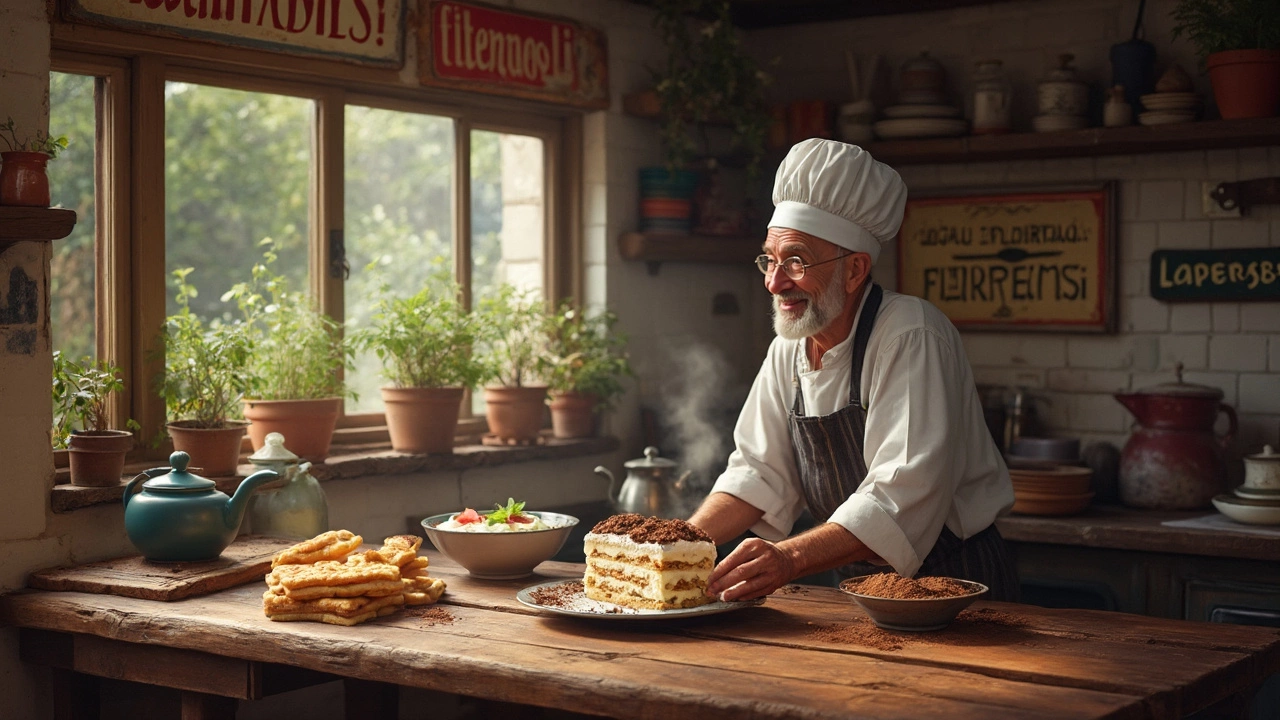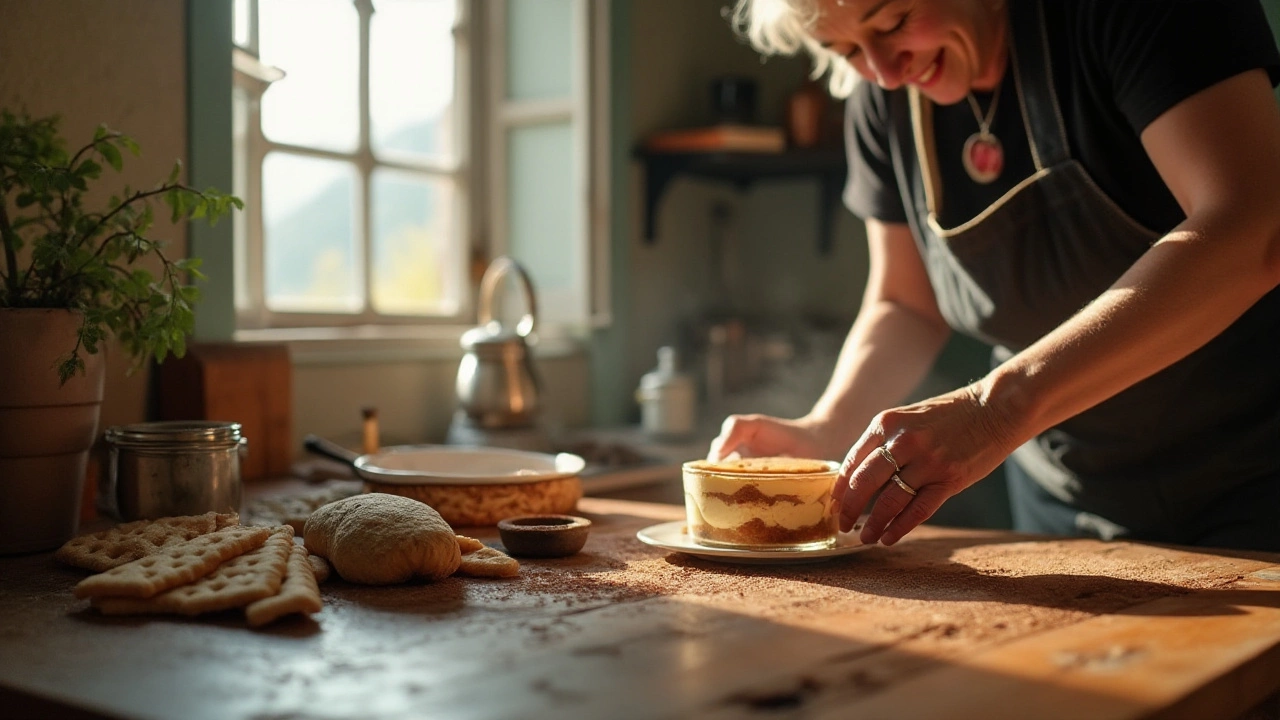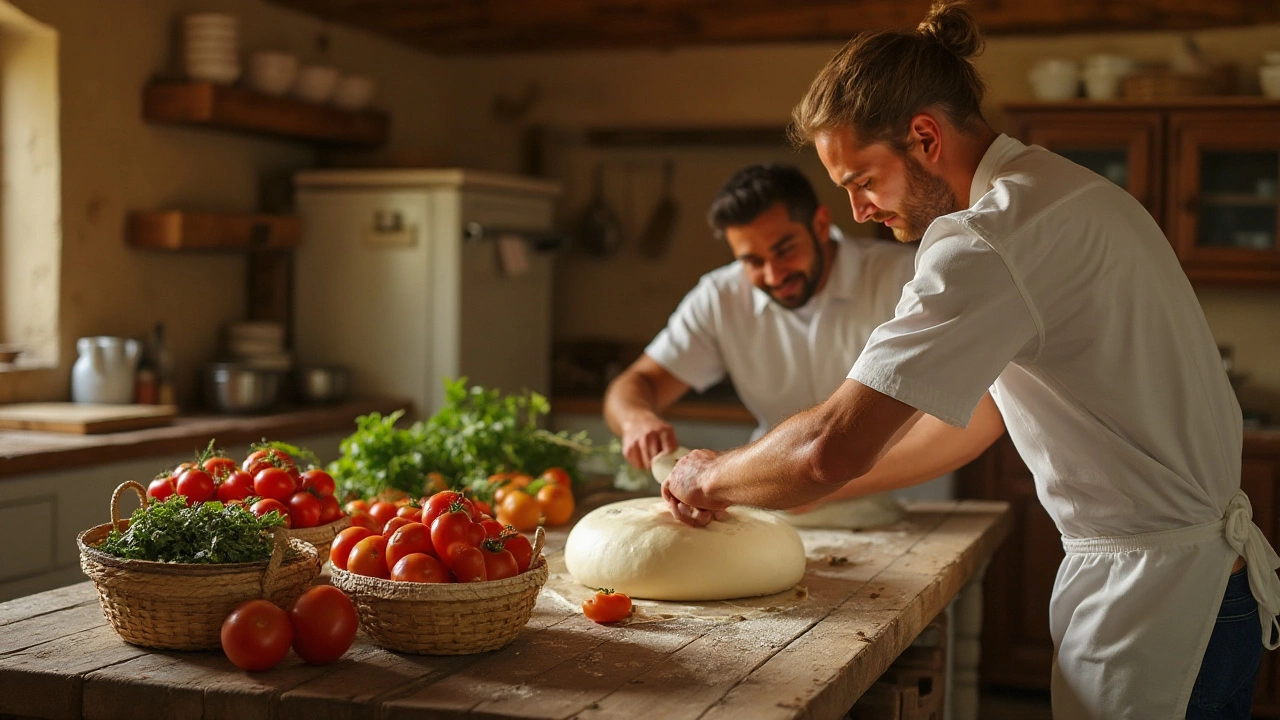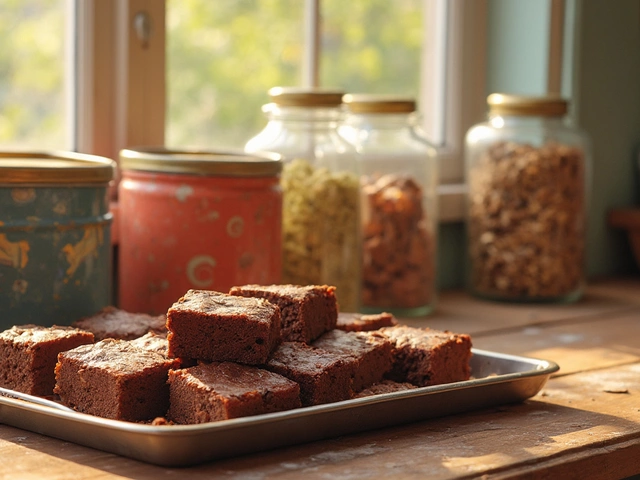Italian Cuisine: Your Quick Guide to Flavorful Classics
Italian food is more than pizza and pasta – it’s a mix of fresh ingredients, simple methods, and regional traditions that make every bite memorable. Whether you’re a beginner or a seasoned baker, you can bring authentic Italian taste to your kitchen without a fancy pantry.
Start with the basics: good olive oil, ripe tomatoes, fresh herbs, and quality cheese. These four items are the backbone of most Italian dishes, from a bright Caprese salad to a hearty Bolognese sauce. Keep them on hand and you’ll be ready to whip up a meal in minutes.
Why Italian Food Is So Popular
People love Italian food because it’s comforting and customizable. A simple pasta dish can be as light as a lemon‑garlic spaghetti or as rich as a creamy carbonara. The balance of textures – crunchy garlic, silky sauce, al dente pasta – keeps every plate interesting.
Another reason is the cultural story behind each recipe. For example, the post “Italian Food in Brazil: The Influential Dishes That Shaped Brazilian Cuisine” shows how Italian immigrants blended their cooking with local flavors, creating unique twists on classics. That kind of history makes cooking feel like a journey, not just a chore.
Timing matters, too. Many Italian meals can be prepared ahead – think marinara sauce that improves after a day, or a risotto that you can finish at the table. This flexibility fits modern busy lives while still delivering that home‑cooked feel.
Explore Italian Flavors on Our Site
Looking for ideas? Dive into our Italian tag to find posts that cover everything from quick weeknight meals to festive holiday feasts. Want a simple starter? Try a bruschetta topped with fresh tomatoes, basil, and a drizzle of balsamic – it’s ready in 10 minutes and a perfect palate cleanser.
If you crave something heartier, check out the guide on classic pasta sauces. You’ll learn how to balance tomato acidity with a splash of wine, and why a pinch of sugar can smooth out the flavor. Pair it with any shape you like – farfalle, penne, or even gluten‑free pasta for a twist.
For dessert lovers, Italian pastries are a must. The post about “Brownies: Should They Be Fudgy or Cakey?” might not be Italian, but the same principles apply to tiramisu or cannoli: texture matters. A light, creamy mascarpone layer sits perfectly with a crisp, cookie‑like shell, just like a well‑baked brownie.
Lastly, don’t forget the wine. A simple rule of thumb is to match the weight of the dish – light whites with seafood pastas, robust reds with meat‑laden ragùs. This little tip can turn a good dinner into a great one.
So, grab some olive oil, a handful of herbs, and start experimenting. Italian cuisine rewards curiosity, and every successful dish brings a taste of Italy right to your table.











